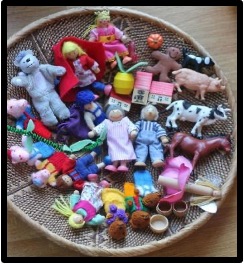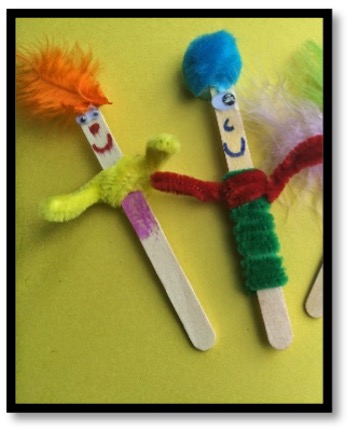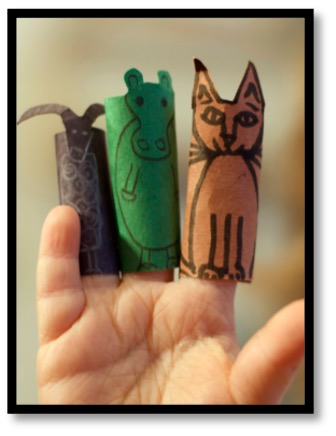Domain: Writing-Text Types and Purpose
Essential Practice: Expressive and Written Language
Children will practice storytelling and story acting.
Educators/families will listen to and write down children’s stories.
Telling stories is a key skill that supports expressive language. Listening to children’s ideas, writing down their descriptions of events, and retelling stories documents thinking and establish them as storytellers. Utilize children’s desire to share their toys and thoughts with you and with each other to launch storytelling. Provide opportunities for the audience (classmates, teachers, and family members) to ask questions and respond to children’s stories
Storytelling Props:
- A collection of toys and treasures.
- Puppets.
- Family photos.
- Familiar and repetitive stories -children can retell and act out in new ways.
For Example: The Enormous Turnip



Children often draw first when they have an idea in their head and then dictate their story. However, you can also help them tell their story orally with props, then they draw, and then you write.
Use Story Starters:
- Who-who (the characters) is in your story? Is it about you?
- What – what is your story about?
- Where- where does this story take place?
Scaffolds and Supports:
- Co-construct story narratives to help hesitant storytellers get started.
- Use Visual Charts (characters, setting, plot and extensions) SEE Literacy Extensions
Process:
- Ask the child to tell you their story. The adult writes down the child’s words.
- If you are at home with your child or they are in-person at school, the adult or teacher can label the pictures.
- Use story starters and scaffolds as needed.
- Speak and write in the child’s first language whenever possible. Read back the story in the child’s first language and then reread the story in English. Children need to hear their words out loud.
Extension: Encourage the child to act out their story or familiar stories.
Resources: Somerville Early Education SEE Journals and Story Dictation